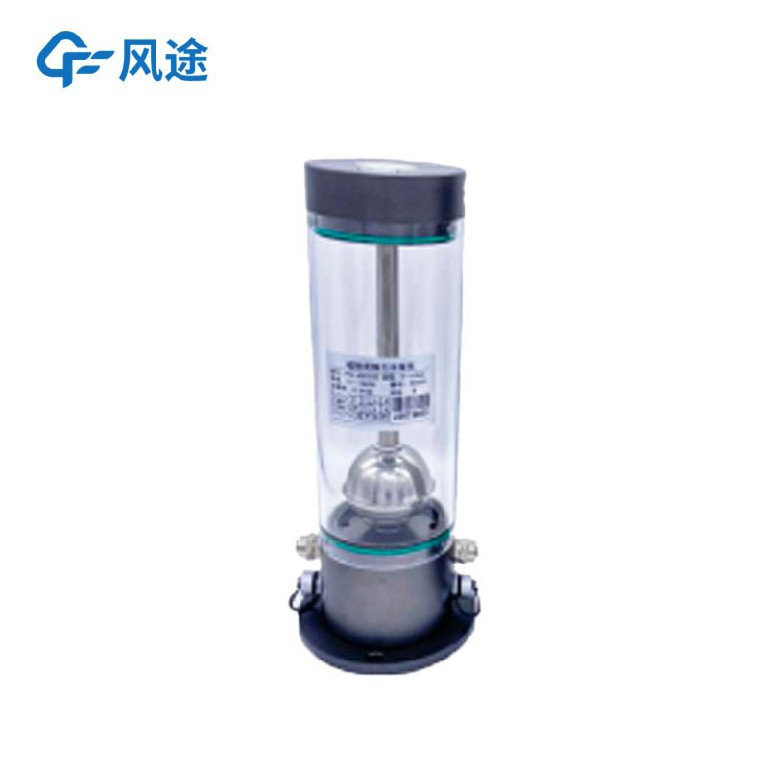Tianqiong Sensor IOT Technology Co., Ltd
Sales Manager:Ms. Emily Wang
Cel,Whatsapp,Wechat:+86 15898932201
Email:info@fengtutec.com
Add:No. 155 Optoelectronic Industry Accelerator, Gaoxin District, Weifang, Shandong, China

Sales Manager:Ms. Emily Wang
Cel,Whatsapp,Wechat:+86 15898932201
Email:info@fengtutec.com
Add:No. 155 Optoelectronic Industry Accelerator, Gaoxin District, Weifang, Shandong, China

Model:FT-SZ1
Brand:tianqiong
1.Introduction to Magnetictive static level Product
Magnetostrictive static level is a high precision instrument designed to accurately measure displacement and settlement in a variety of projects.Static level system is a high-precision liquid level measurement system that is suitable for measuring relative settlement at multiple points.In use, the static level system is to install multiple static levelings on multiple monitoring points, and one monitoring point is selected as the reference point.Each static level is connected together to make the liquid level of the liquid inside each static level be on the same level.In this way, when a certain monitoring point settles, the liquid level height of the liquid inside each static level will change.Each static level measures the liquid level height of the respective internal liquid through its own internal measurement device.The liquid level height information of each static level is transmitted to the backend system.After calculation, the backend system can obtain the relative settlement of each monitoring point relative to the reference point.It is mainly used in vertical displacement monitoring of bridges, tunnels, bridges, subways, dams, foundation pits, large storage tanks, etc.
The magnetostrictive displacement (liquid level) sensor uses the magnetostrictive principle and generates a strain pulse signal by intersecting two different magnetic fields to accurately measure the position.The measuring element is a waveguide, and the sensitive elements inside the waveguide are made of a special magnetostrictive material.The measurement process is a current pulse generated in the electronic chamber of the sensor.The current pulse is transmitted in the waveguide, thereby generating a circumferential magnetic field outside the waveguide.When the magnetic field intersects with the magnetic field generated by the movable magnetic ring that is positionally changed on the waveguide, due to the magnetostriction, a strained mechanical wave pulse signal will be generated in the waveguide.This strained mechanical wave pulse signal is transmitted at a fixed sound speed and is quickly detected by the electronic chamber.Since the transmission time of this strained mechanical wave pulse signal in the waveguide is proportional to the distance between the active magnetic ring and the electronic chamber, this distance can be determined with high accuracy by measuring the time.Since the output signal is a true absolute value, not a proportional or amplified signal, there is no signal drift or change in value, and there is no need to re-regulate regularly.
2.Magnetictive static level application field
1.Monitoring of subsidence settlement of rail transit
2.Subway support wall settlement monitoring
3.Mountains and buildings on the upper part of the tunnel
4.Highway subgrade and slope settlement detection
5.Detection of settlement of bridge piers and foundation pits
6.Nuclear power plants, large hydropower plants
7.The foundations of dams, water conservancy hubs, and high-rise buildings
8.Comprehensive pipeline settlement monitoring
3.Magnetictive static level product composition
1.Two left and right breathable valves;
2.There is a liquid filling port on the top, which is used when manually filling;
3.Five-core waterproof aviation connectors on both sides;
4.Fast liquid pipe interface;
5.Aviation-grade aluminum alloy oxidation shell;
6.Fixed mounting brackets and leveling screws;
7.Visual scale scale of inner liquid;
8.Highly integrated, integrated design, and the bottom is connected to the line.
4.Magnetictive static level product features
1.Built-in temperature compensation sensor, long-term stability of data;
2.Digital signal RS485- (MODBUS-RTU output);
3.High resolution and high voltage 0.01mm;
4.High precision: 0.1mm
5.No need for air conduits, saving costs, and on-site installation is more convenient and fast;
6.The single data processing method supports the freezing of all device data on the bus at the same time point through broadcast instructions, and then starts the acquisition, which is conducive to data acquisition and analysis in various dynamic monitoring occasions.
7.When using a single device, the active reporting function can be set, and the reporting period when the normal value can be set, and the reporting period when the threshold value can be exceeded.
The lower limit threshold can be set.
5.Magnetic static level technical parameters
| project | parameter |
| Measuring media | Water, antifreeze, silicone oil (required when ordering) |
| Measurement Form | Magnetostrictive principle |
| Range | 0~100mm, 0~300mm, 0~500mm range can be customized |
| Temperature range | -40~100℃ |
| Comprehensive accuracy | 0.1%FS (temperature bleaching) |
| Resolution | 0.01mm |
| Output signal | RS485-RTU |
| Power supply voltage | 12V DC (12~30VDC) |
| Compensation temperature | -20~50℃ |
| Media Temperature | -40~85℃ |
| Ambient temperature | -40~80℃ |
| Electrical connection | Four-core waterproof air plug, direct lead |
| Protection level | Ip67 |
| Housing material | Aviation aluminum alloy, oxidation treatment |
| Process connection | Conduit: Ф10mm PU tube (10x6.5) |
Two - dimensional ultrasonic anemometers can only measure two parameters: wind speed and direction on the horizontal plane. They cannot obtain information about the wind in the vertical direction, such as vertical wind speed or the upward/downward speed of vertical airflows. Therefore, they are only...
When traditional mechanical weather stations monitor wind speed and direction, they encounter a difficult problem. The wind speed sensor usually consists of wind cups and an axis, and the wind direction sensor relies on mechanical components such as a wind vane. When these mechanical components are...
Meteorological Instruments for Solar Energy is a professional device that integrates the monitoring functions of six key meteorological parameters: temperature, humidity, wind speed, wind direction, air pressure, and rainfall. Its core highlight lies in its highly integrated and ingenious design. It...
The Portable Weather Station, with its highly integrated and user - friendly design, has become a common device in fields such as outdoor activities, emergency response, and scientific research expeditions. It integrates a variety of high - precision sensors for temperature, humidity, wind speed, wi...